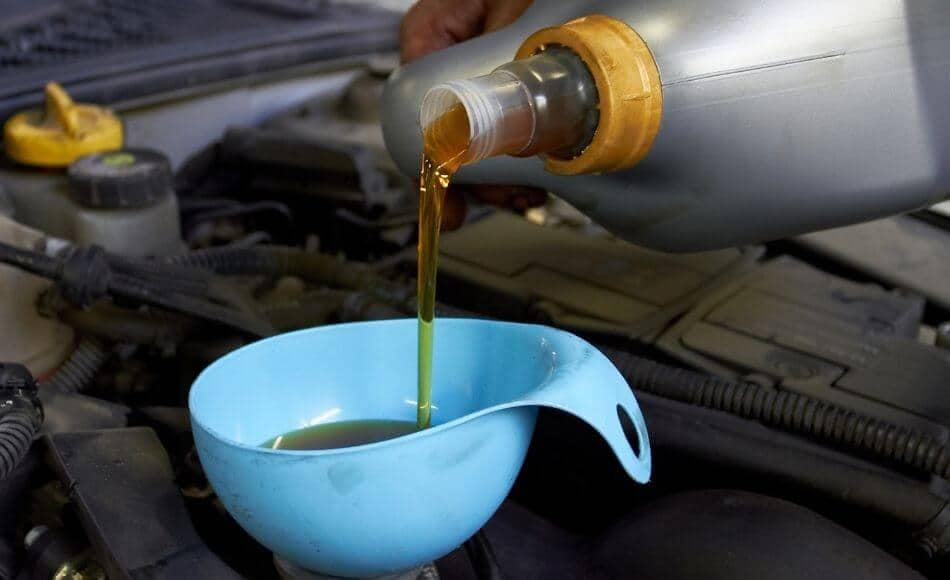How Many Miles Can You Go Over Oil Change

The question "How many miles can I go over my oil change?" is as old as the internal combustion engine itself. For decades, the answer was relatively straightforward: stick to the manufacturer's recommended interval, usually around 3,000 miles. Exceeding that risked sludge buildup, accelerated wear, and potentially catastrophic engine failure. But the automotive landscape is rapidly evolving, demanding a re-evaluation of this traditional wisdom.
Today, advances in oil technology, engine design, and sensor capabilities are blurring the lines of those hard-and-fast rules. Synthetic oils, for instance, offer far superior protection and longer lifespans compared to conventional oils. They resist breakdown at high temperatures, maintain viscosity for longer, and reduce friction, allowing for extended drain intervals often reaching 7,500 to 10,000 miles, or even more depending on the vehicle and driving conditions. Modern engines are also built with tighter tolerances and improved filtration systems, minimizing contamination and wear.
Smart Systems and Predictive Maintenance
The future of oil change intervals isn't just about better oil and engines; it's about smart automotive solutions. Cars are becoming increasingly connected, equipped with sensors that monitor everything from oil quality and engine temperature to driving habits and environmental conditions. This data can be used to create personalized maintenance schedules, optimizing oil change intervals based on real-time information, not just a generic mileage recommendation.
Imagine a system that constantly analyzes your oil's condition, detecting signs of degradation or contamination before they become critical. This system could alert you when an oil change is truly necessary, potentially saving you money and reducing unnecessary waste. Such predictive maintenance is already becoming a reality, with several automakers and aftermarket providers offering advanced oil monitoring systems.
However, we must acknowledge the challenges. The accuracy and reliability of these smart systems are paramount. False alerts or missed indicators could lead to engine damage. Moreover, the widespread adoption of these technologies will require standardization and clear communication to consumers. Drivers need to understand how these systems work and trust their recommendations. There's also the issue of data privacy – ensuring that the data collected by these systems is used responsibly and ethically.
Electric Vehicles and the Changing Landscape
The rise of electric vehicles (EVs) presents a paradigm shift in the conversation about oil changes. EVs, of course, don't require engine oil changes in the traditional sense. They have drastically fewer moving parts compared to internal combustion engines, eliminating the need for lubrication in the same way. However, EVs still require fluids for cooling and lubrication of components like the transmission (in some models) and brakes. These fluids also need to be monitored and changed periodically, albeit at much longer intervals than engine oil.
Hybrid systems further complicate the equation. Hybrids combine an internal combustion engine with an electric motor, potentially leading to unique maintenance requirements. Frequent stop-start driving in hybrid mode can put additional stress on the engine, potentially requiring more frequent oil changes than if the engine were running continuously. However, the electric motor can also alleviate some of the load, extending oil life. Understanding the specific needs of hybrid systems will be crucial for optimizing maintenance schedules.
The focus is shifting from simple mileage-based recommendations to a holistic approach that considers a multitude of factors, including driving style, environmental conditions, and the specific technology of the vehicle (internal combustion, hybrid, or electric). This personalized and data-driven approach will revolutionize vehicle maintenance, making it more efficient, cost-effective, and environmentally friendly.
The future of mobility is one where vehicles are constantly learning and adapting, anticipating our needs and proactively addressing potential problems. Maintenance will become less reactive and more predictive, guided by data and powered by smart technology. While the familiar sight of the oil change bay might evolve, the importance of keeping our vehicles running smoothly and efficiently will remain paramount.
Imagine a future where your vehicle autonomously schedules its own maintenance, based on its individual needs and your personal preferences. It communicates with certified technicians, orders necessary parts, and even arranges for a loaner vehicle, all without you lifting a finger. This seamless and integrated approach to vehicle maintenance is not just a possibility; it's the direction we're heading, a future where mobility is truly intelligent and optimized for both performance and sustainability.
